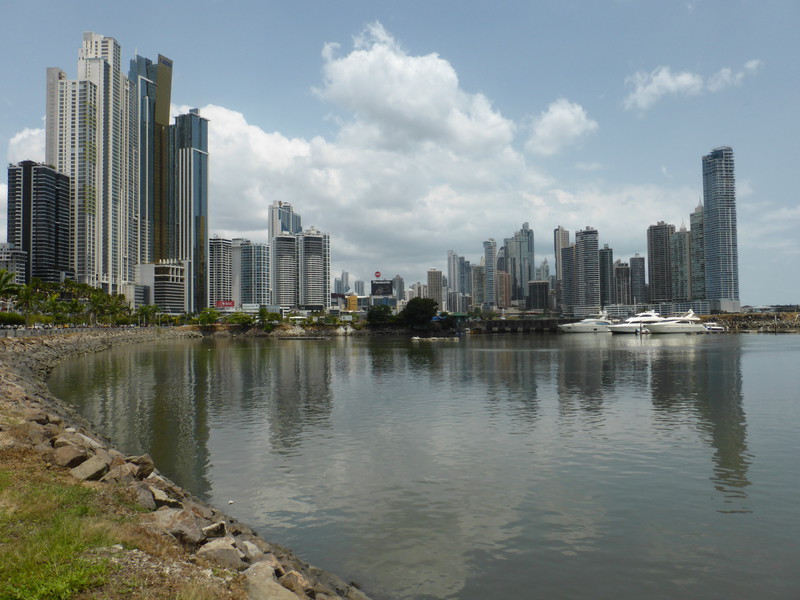
To be honest, Central America isn't the best place to go for world-class cities. Most of the region's capitals are dirty, crime-ridden dumps that are have very little to attract the average traveller: Belize City, Guatemala City, San Salvador, Managua and even San José are all places whose mothers would have trouble loving them, let alone complete strangers. And even if their edginess is interesting in its own right, you rarely find yourself wanting to hang around for too long.
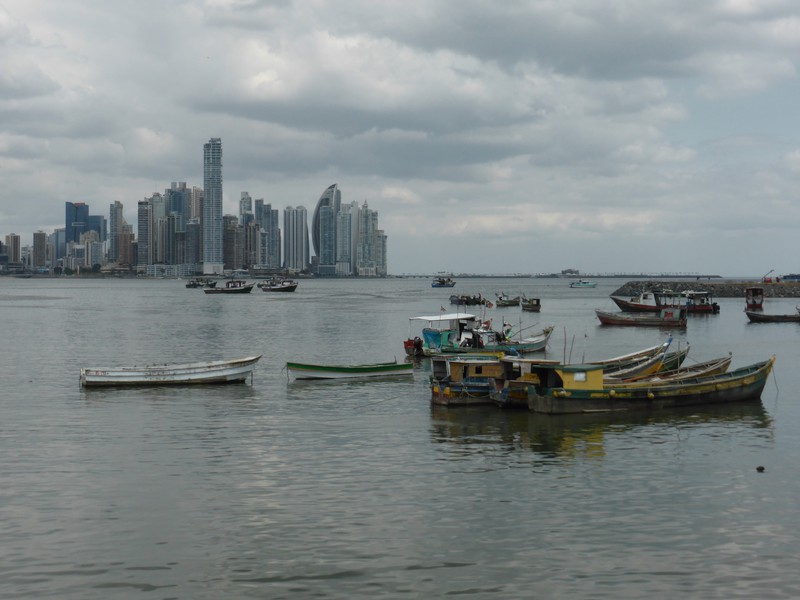
And then, pow! After four-and-a-half months on the road in Central America, Panama City hits us in the face with its beautiful skyline, its sophisticated restaurant scene, its bona fide world-class attractions and its friendly people. We stayed in the financial district, purely because that's where we found a good deal on a decent place to stay, and simply wandering out of the hotel and weaving through the skyscrapers was a massive culture shock... and one I thoroughly enjoyed. I've always loved modern cityscapes, and Panama City ticks all the boxes. It's a great place.
The Panama Canal
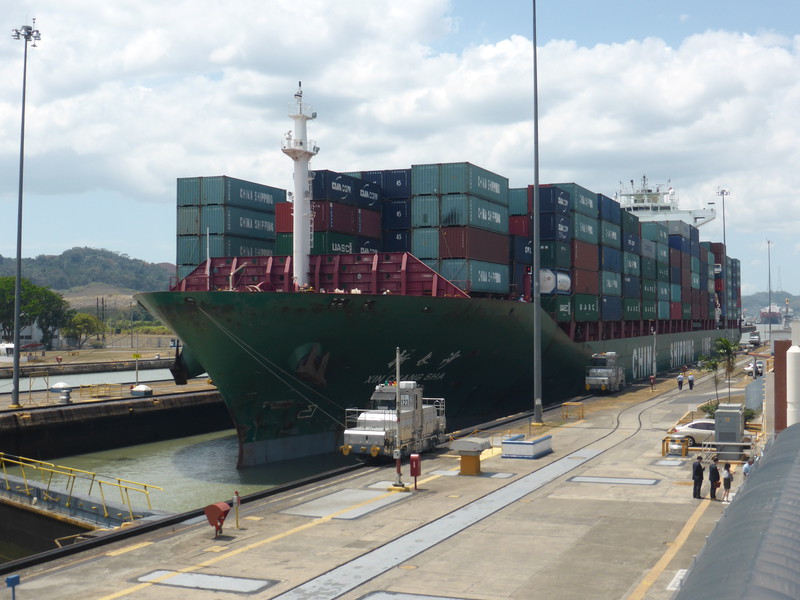
When I was a nipper, my favourite palindrome was all about this part of the world (ignore, for the moment, if you will that being a nipper and having a favourite palindrome is gut-wrenchingly nerdy... but yeah, I guess that was me). Here it is in all of its 'reads the same backwards as it does forwards' glory:
A man, a plan, a canal... Panama!
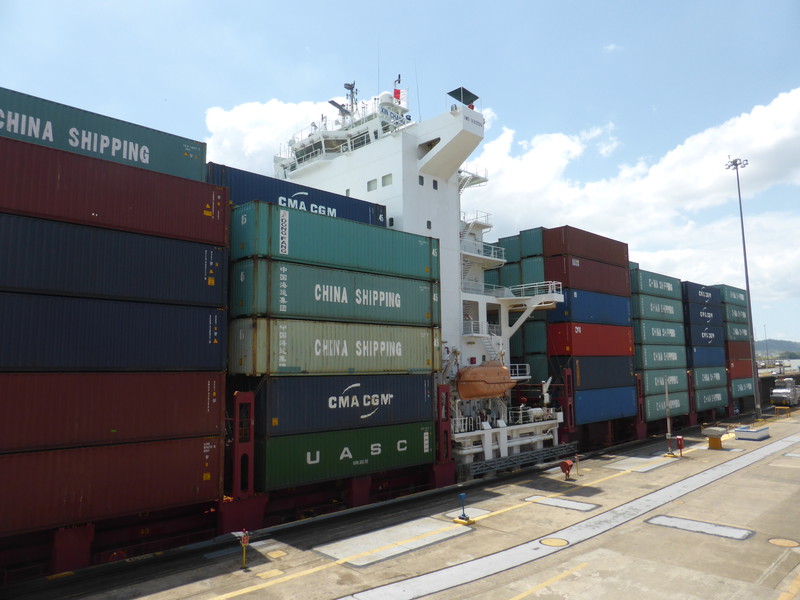
It's genius, and not just because it neatly sums up how one of the world's greatest feats of engineering came about. The French started building a canal in 1881, but disease wiped out the workforce and the engineering challenges proved too much, so the company behind the project failed. The Americans took over the project in 1904, and the canal opened a decade later on 15 August 1914, mainly due to the drive of Major George Washington Goethals, who was appointed chief engineer in 1907. This man took the original plan and built the canal, and it's still an amazing piece of engineering.
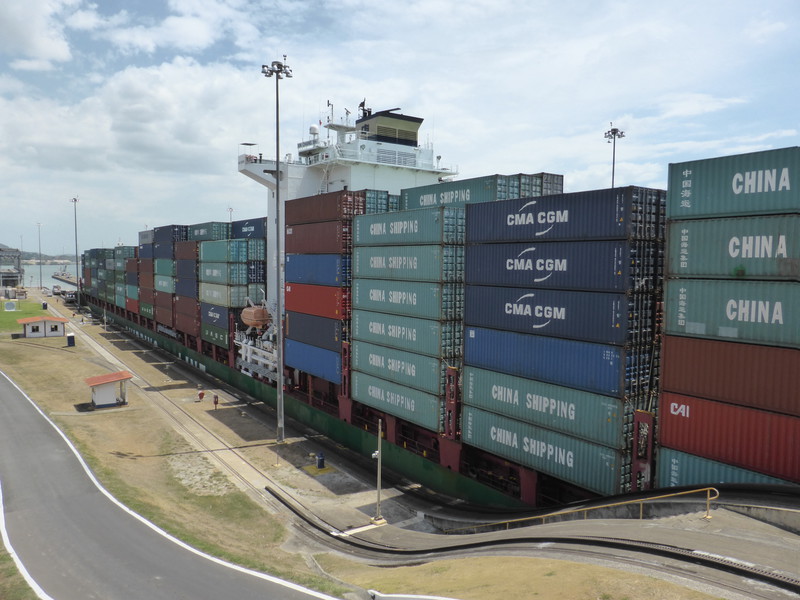
We caught our first glimpse of the canal on the way into Panama City from Pedasí; our bus passed over the Bridge of the Americas, which crosses the bay at the Pacific end of the canal, but although we got to see lots of huge cranes and a few ships, we couldn't really see the canal proper. The easiest way to get up close to the canal is to visit Miraflores Locks, a modern visitor centre that overlooks a large set of locks at the Pacific end of the canal; so the following morning we took a taxi to Miraflores, to watch huge cargo ships passing through the locks from balconies that are right next to the action.
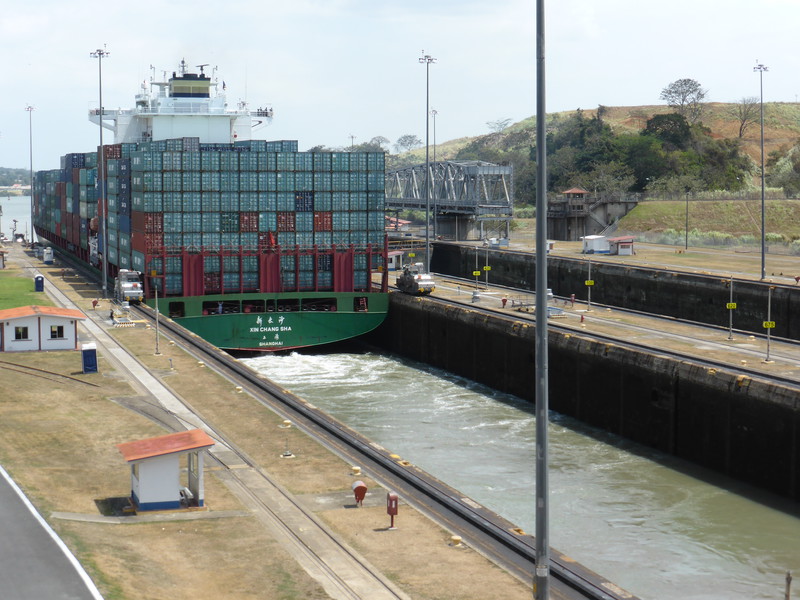
It's an impressive sight, there's no doubt about it, but I have to admit to being more overawed by the skyscrapers in the financial district of the city. Somehow it's difficult to appreciate the scale of the twin locks at Miraflores, even though the ships have tiny men on them to lend a sense of scale. I grew up by the Trent and Mersey canal and there were a couple of locks just beyond the back of our garden, and watching the ships passing through Miraflores felt strangely similar to watching tiny narrowboats pass through the hand-winched locks at home. I'd expected to be blown away by the sheer scale of the operation, but in the end it didn't really feel that astounding; that said, it's still a great way to spend the afternoon, watching all these monster ships drifting through the gates, and it's well worth the US$15 entrance fee (though the museum and 3D cinema show are really dire; trust me, you'll learn a lot more from Wikipedia about the canal than you ever will from the Miraflores visitor centre).
Cinta Costera and Casco Viejo
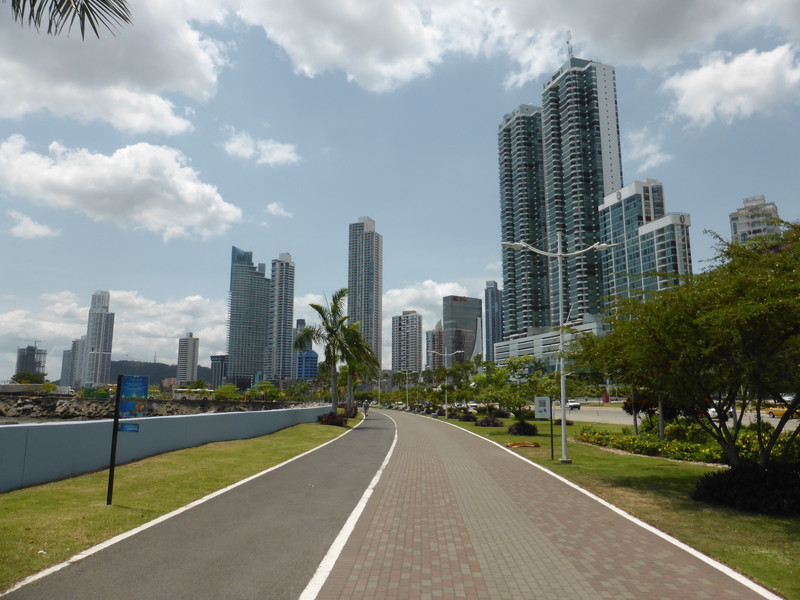
The canal might be a unique attraction – and it's definitely the main draw card for the crowds of foreign visitors who flock to the city each year – but for me it pales into insignificance compared to the beauty of walking around Panama City. Yes, there are large parts of the city that are poor and decaying and full of crime – this is still Central America, after all – but as a visitor you can simply avoid those places, and instead you can wander freely and safely along the waterfront, enjoying amazing views all the way.
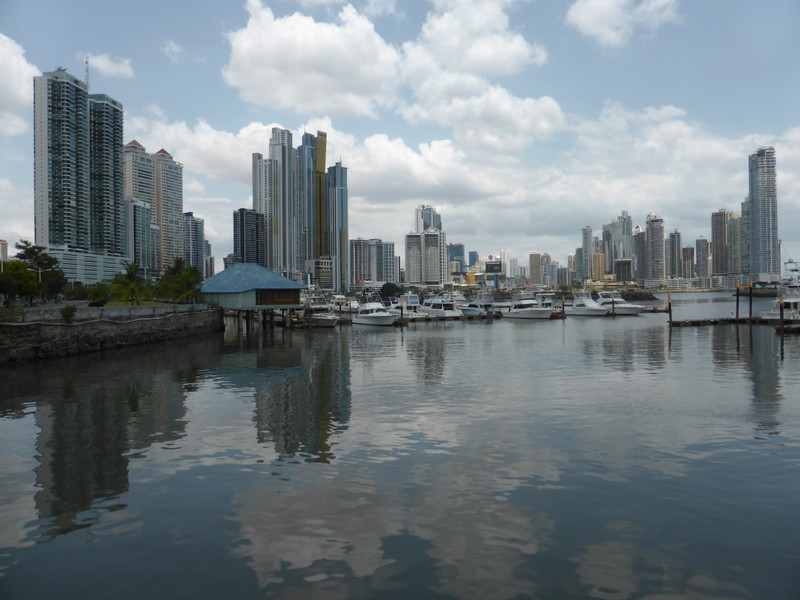
This is due in no small part to the recent creation of the Cinta Costera (the 'coastal belt'), a strip of parkland that hugs the southern shoreline of the city centre, all the way from the financial centre in the east to Casco Viejo (the historic centre) in the west. Eager to give it a go, we set off from our hotel and wandered down to the shore, passing clusters of dizzyingly tall skyscrapers and dodging the hectic traffic, before following the Cinta Costera all the way from the modern part of the city to the old centre.
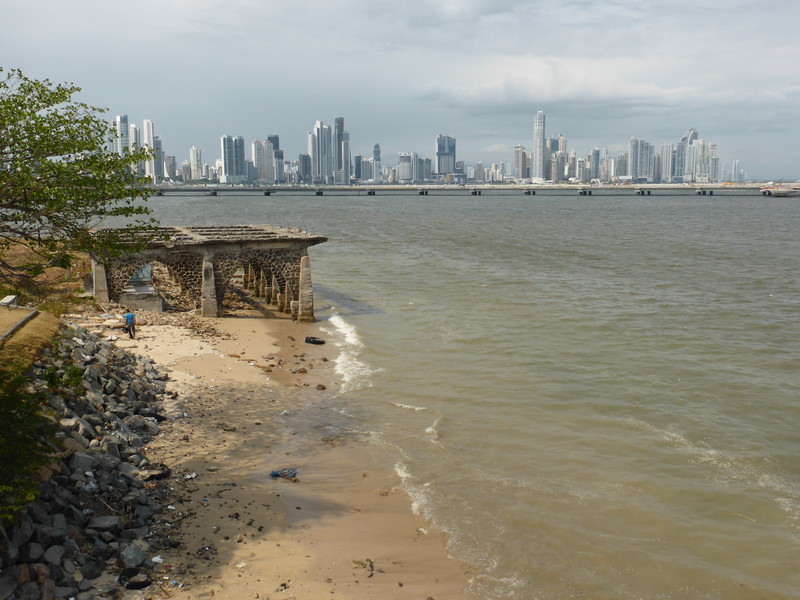
I absolutely adored this walk. As you wander through the tropical heat, heading away from the financial centre, the skyscrapers slowly recede behind you and the bay gently curves into photograph after photograph of skylines, harbours, palm trees and meandering pathways through manicured gardens. All the while the red tiled roofs and old church towers of Casco Viejo grow closer and closer in front of you, until you reach the fishing port and the edges of the old town, where you can shelter from the sun in the thin, winding streets and shady squares of this pleasant part of the city.
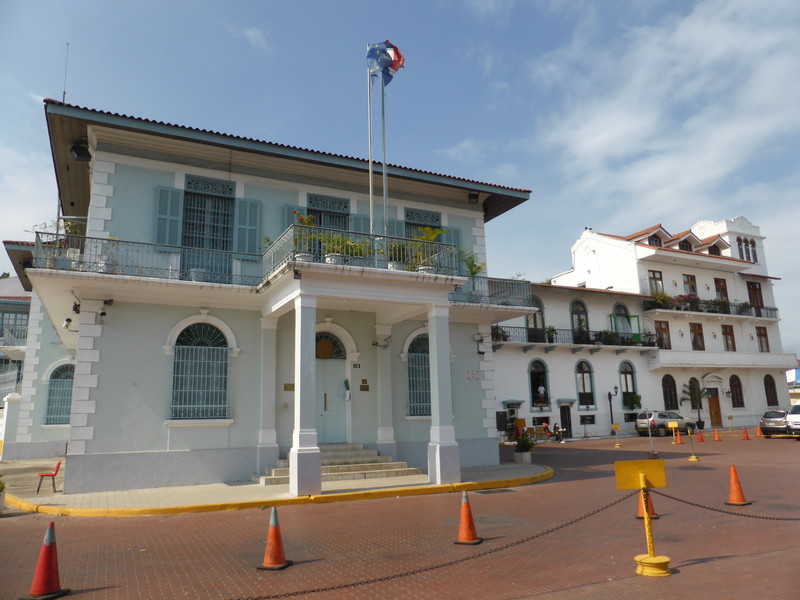
It took us a leisurely hour-and-a-half to follow the bay, with lots of stops to rehydrate and hide from the midday sun, and all the while huge container ships sat in lines on the horizon to our left, waiting for their turn to pass through the canal, while to our right the city pulsated with its endless traffic and heat-haze hovering over the harsh concrete pavements. It might be stiflingly hot and a little too young to have grown enough shade, but the Cinta Costera still feels like an oasis, pinched between the city and the sea. It's a wonderful place to spend the day.
Panamá Viejo
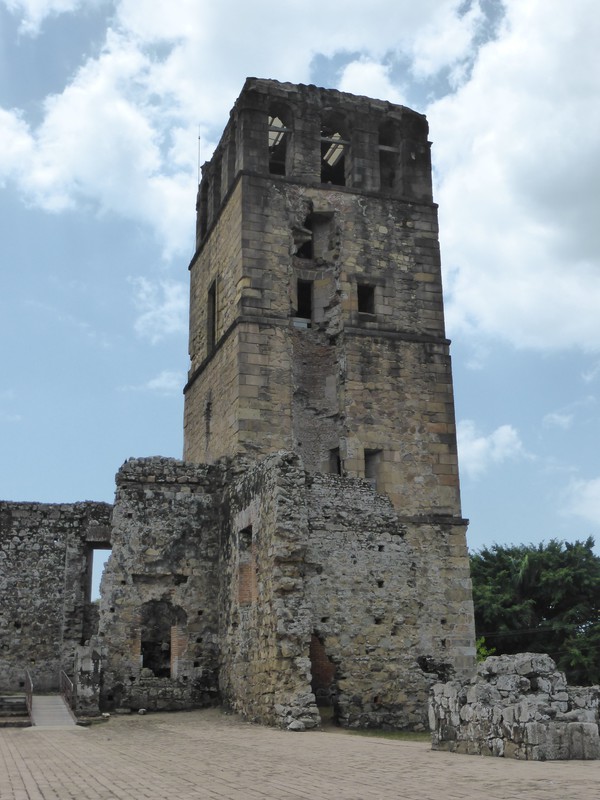
At the western end of the Cinta Costera is the historic centre of Panama, Casco Viejo, which was settled in 1671. However, the original Panama City was founded by the Spanish some 8km to the east on 15 August 1519, where it flourished until it was sacked by the pirate Henry Morgan. Now known as Panamá Viejo, the remains of the original city are in ruins, but they make for an engaging visit nonetheless.
Panamá Viejo (or, as it was known back then, plain old Panamá) was the first European settlement on the Pacific, and all the gold and silver that the Spanish brought from the mines in Peru flowed through here. These riches would cross the country via El Camino Real de Panamá ('the Royal Road of Panama'), the colonial-era equivalent of the Panama Canal, which followed various waterways from Panamá to Portobelo on the Caribbean coast. From there it would be taken to Spain to feed the colonial economy, so it's not hard to see why Panamá was an important and strategic port for the Spanish.
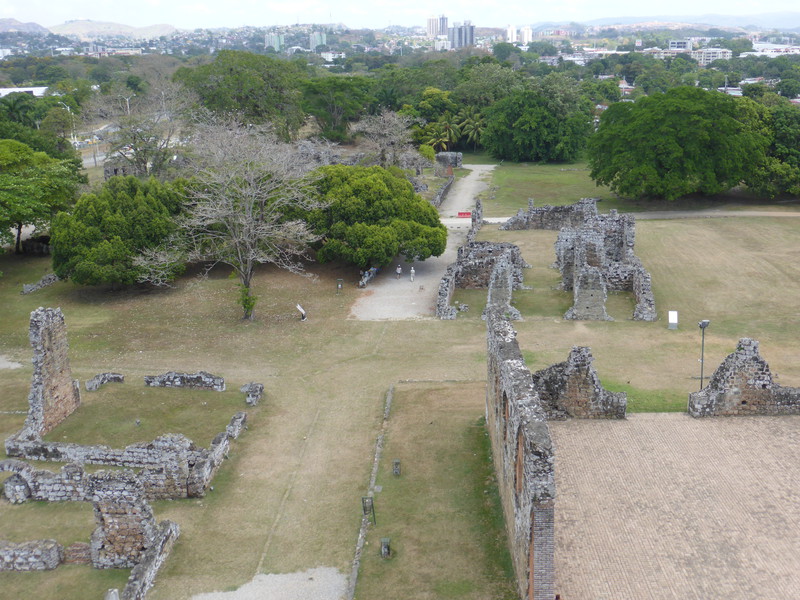
All this ended in 1671, when the Welsh pirate Henry Morgan led a group of 1400 men across the country to take Panamá, and due to some pretty useless strategising from the Spanish, he managed to take the city, and it consequently burned to the ground (though it isn't clear which side started the fire). Morgan's attack violated a new peace treaty that had been signed between England and Spain, so he was arrested and sent back to England, where he pointed out that he'd had no idea that a treaty had been signed, as he'd been away on the high seas at the time. So instead of being punished as a pirate, Charles II knighted him and sent him off to Jamaica to be Lieutenant Governor – not a bad result for Morgan, really.
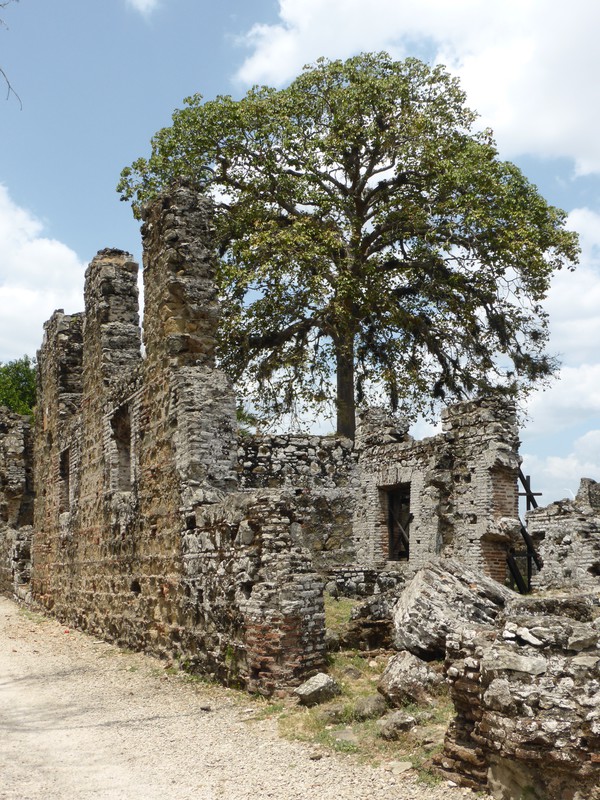
Meanwhile, Panamá was in ruins, so the Spanish built a new city to the west that was easier to defend, and this became modern-day Panama City; this time they built a wall around it, hence the name Casco Viejo, which means 'old compound'. Most of the remains of Panamá Viejo were built over or were used as building materials, but in 1976 the area was designated as a protected site, and today you can wander through the skeleton of the original city, climbing up to the top of the city cathedral's tower for great views over the whole area. It's well worth a couple of hours of your time, though the mosquitoes were astonishingly vicious when we visited, so we got out of there quicker than a fleeing conquistador, and happily settled back into the lap of luxury in the centre of town.
And that's one of the great things about Panama City. It has historical sites, it has engineering marvels and it has modern skyscrapers, but best of all it has easy living, with its high-quality restaurants, comfortable hotels and friendly residents. After such a long time on the budget trail through Central America, that's what we really wanted – a taste of city luxury – and in Panama City, for the first time in a Central American capital, that's exactly what we got...